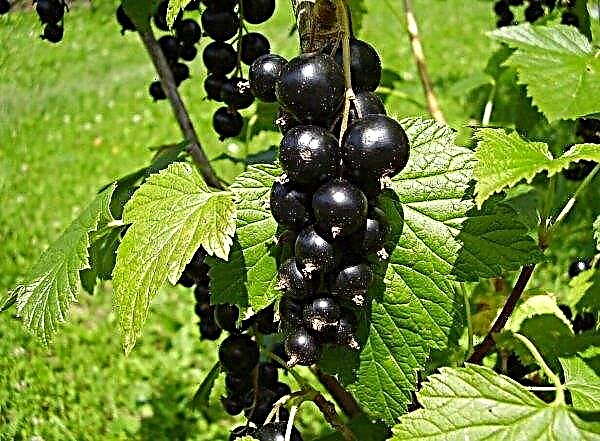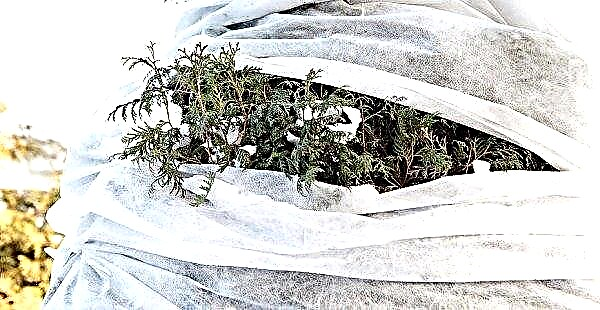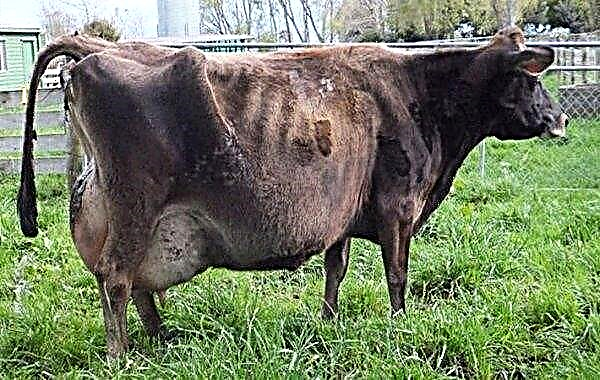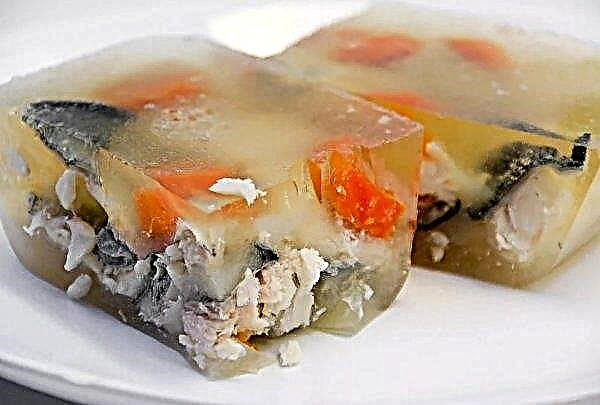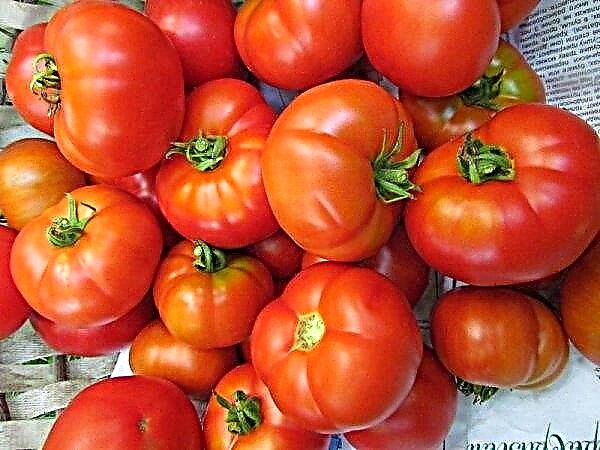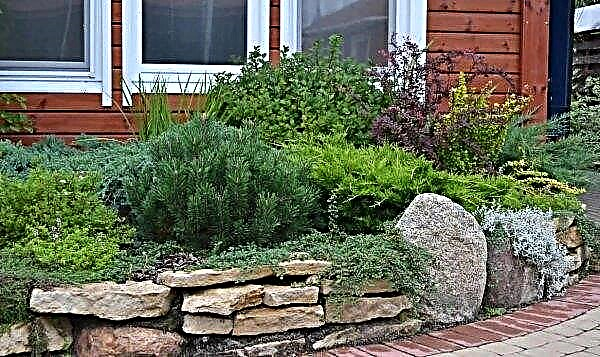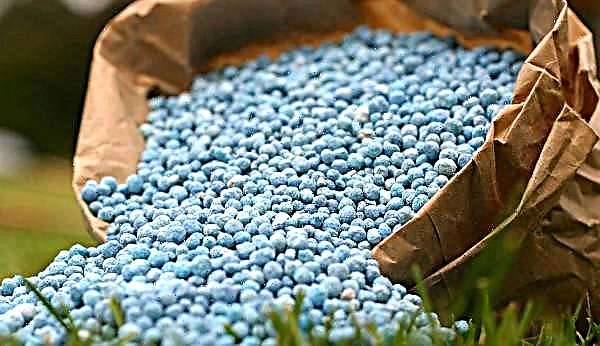When growing tomatoes, sometimes there is a problem in the form of purple spots on the leaves. There is a list of possible reasons for their occurrence. Before proceeding with the treatment of a tomato bush, it is necessary to understand why spots of this kind appeared on the leaves.
Why do purple spots appear on the leaves?
Often, darkening appears first in the lower part and then spreads from the bottom up.
Often the trunks also darken. Agronomists distinguish 3 main causes of the appearance of purple spots on the leaves of tomatoes.Did you know? For the dark color of plants, including purple, the anthocyanin pigment present in them is responsible.

Phosphorus deficiency
Phosphorus deficiency is one of the most common causes of violet spots on foliage. This is an extremely important element for tomatoes, which affects the successful formation of the root system and ovaries. To determine that this malaise was the result of a lack of phosphorus, you need to pay attention to other symptoms.
Among them, in addition to spotting, there are:
- poor growth;
- late flowering;
- lack of ovaries;
- weakness of the rhizome.

Low temperature
Low air temperature also negatively affects tomatoes and can manifest itself in the form of purple spots. Often this happens when grown in open ground. Low temperatures for this plant are considered indicators up to + 14 ° C with respect to air and up to + 12 ° C with respect to soil.
In this case, the leaves are first folded into a tube, and then they already change their shade to a darker one. Besides the fact that cold air directly affects the bushes, it can also cause poor absorption of phosphorus.
Soil imbalance
Violet spotting on foliage may indicate a disturbance in the balance of minerals in the soil. Leaf veins in this case also change color to purple or close to blue.
In addition to the above phosphorus, this symptom indicates an imbalance in the soil of magnesium, zinc, nitrogen and potassium. Also, the reason may lie in the acidity of the earth. Tomatoes should be planted in neutral or slightly acidic soil.Important! Tomatoes growing in a highly acidic or alkaline soil absorb nutrients worse.

What to do and how to feed tomatoes
When choosing a treatment method, one should proceed from the cause of the development of the disease. Usually gardeners in this case are recommended to feed tomato bushes and adjust the microclimate.
Top dressing
Fertilizer is important when phosphorus deficiency is the cause of the disease. Feeding can be done in two ways: spray the bush or add them to the soil.
For tomatoes
Spraying the green part of the tomato should be carried out with water-soluble superphosphate. The tops must be treated with a solution in a concentration of 1%. Spraying is best done in the morning or evening, when there is no intense exposure to sunlight.
Ground
To feed the soil, there is a slightly larger list of tools:
- Superphosphate. In addition to spraying, this drug is also used for tillage. It should be remembered that at the same time as superphosphate it is undesirable to use nitrogen-based products. During planting a seedling in a permanent place, it is necessary to feed the soil with 20 g of the drug. During the growing season, 500 ml of solution is injected into the soil under each bush, which is prepared in a proportion of 100 g per 10 liters of water.
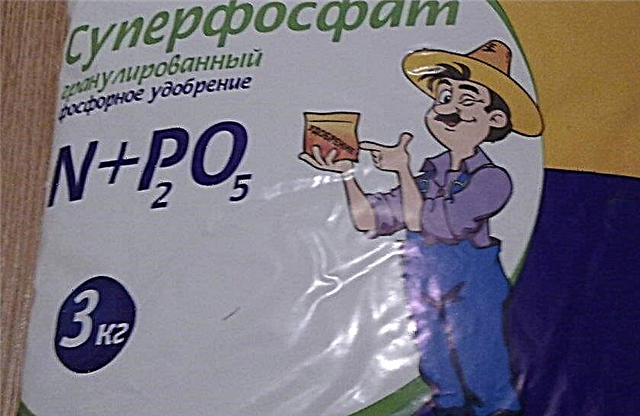
- Double superphosphate. This tool is used in dry form as an additive to the main tool. For 1 m², you need to spend 25 g of the drug. It is used by sprinkling soil near the stem.

- Nitrofoska. To prepare the fertilizer, you need to dissolve 5 tsp. funds in 5 liters of water. This solution can be used for watering the soil 7-8 days after planting seedlings in the garden or in the greenhouse.

- Potassium Monophosphate. During the growing season, the product must be applied in diluted form. For 5 l of water, 7-10 g of the drug is used. 1 m² of land should be fed with 3-4 liters of solution.

Important! It is extremely undesirable to use an excessive amount of top dressing or to use funds in a higher concentration than prescribed by the instructions, since an overabundance of elements can significantly harm the plant.
The right microclimate
For a healthy state of tomatoes, it is necessary to provide them with the correct conditions. The temperature indicators for growing tomatoes should be within +20 ... + 25 ° С. A slight deviation from these norms within a few degrees is acceptable, but it is better to adhere to the indicated level. Also, sharp changes in temperature will be detrimental to the condition of the plant, therefore, when growing tomatoes, it is better to stay stable.
The optimum humidity is 45-60%. TAlso, do not forget about lighting. Tomatoes do not tolerate strong shading. This is a photophilous plant that needs bright intense lighting. Subsequent productivity depends to a large extent on this.
Preventative measures
In order to prevent the appearance of purple spots on the leaves, you should resort to preventive measures in advance. These include:
These include:
- choosing the right soil for planting tomatoes;
- providing a suitable microclimate, especially temperature indicators;
- moderate watering only with warm water in the evening;
- timely top dressing of bushes and soil with high-quality fertilizers.
Did you know? There are varieties of tomatoes that imply the presence of a purple color, for example, Indigo rose, Blue gold, P20 blue and others.
The violet color of the leaves indicates a violation of the development of tomatoes, but the situation can be corrected by timely intervention. With proper nutrition and correction of the microclimate, tomatoes are more likely to recover and bring a good harvest.






